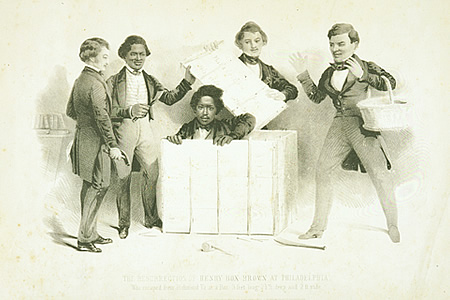Judge Learned Hand on the U.S. income tax code, writing in the Yale Law Journal, December 1947:
In my own case the words of such an act as the Income Tax … merely dance before my eyes in a meaningless procession: cross-reference to cross-reference, exception upon exception — couched in abstract terms that offer [me] no handle to seize hold of [and that] leave in my mind only a confused sense of some vitally important, but successfully concealed, purport, which it is my duty to extract, but which is within my power, if at all, only after the most inordinate expenditure of time. I know that these monsters are the result of fabulous industry and ingenuity, plugging up this hole and casting out that net, against all possible evasion; yet at times I cannot help recalling a saying of William James about certain passages of Hegel: that they were no doubt written with a passion of rationality; but that one cannot help wondering whether to the reader they have any significance save that the words are strung together with syntactical correctness.
Even Albert Einstein, who died trying to find a generalized theory of gravitation, wrote, “The hardest thing in the world to understand is the income tax.”


